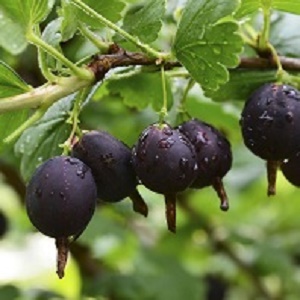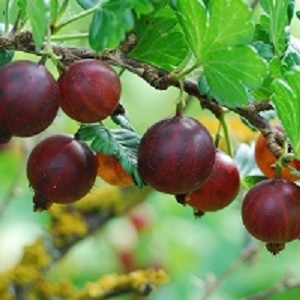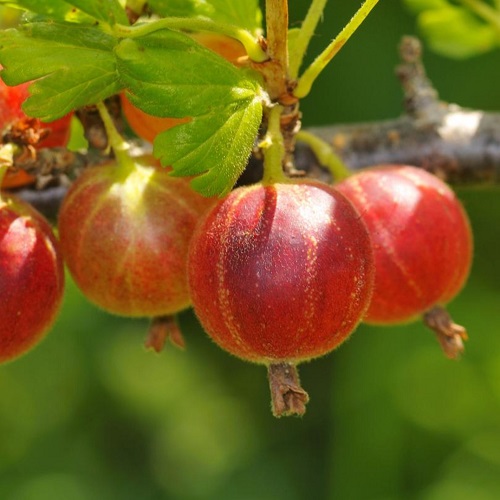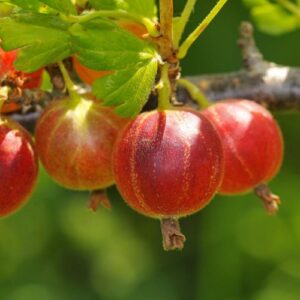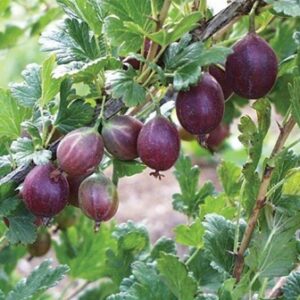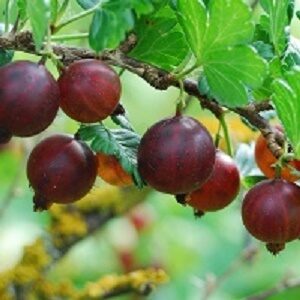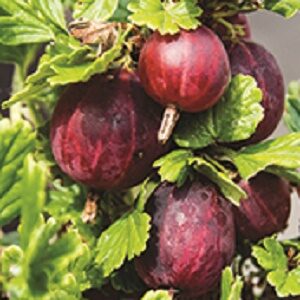Gooseberry : HINNOMAKI Yellow 2 year old plant
$25.95
Originally from Finland it is known for extreme winter hardiness, good disease resistance –especially powdery mildew, and respectable yields of high quality fruit. Medium sized, greenish-gold berries have a delicate, sweet flavour with an aromatic apricot aftertaste. A reliable, time-proven variety, this prickly, low-growing bush has a more spreading form than most.
SELF-FERTILE | ZONE 2 | HARVEST: EARLY-MID JULY
.
Other products in this zone
Growing Tips
Are the leaves disappearing on your currant or gooseberry bush in early summer? Most likely the currant sawfly larvae are at work. The British have a simple prevention that works surprisingly well. Spread a thin layer of wood ashes around the base of the shrub. Some local gardeners use straw and claim it works better yet.
Try Lee Reich's simple recipe for powdery mildew control in grapes or gooseberries. Spray plants with the following:
4 litres (1 gallon) of water
1 tablespoon sodium bicarbonate (baking soda)
1 tablespoon canola oil
Repeated applications may be needed, especially in rainy weather.

